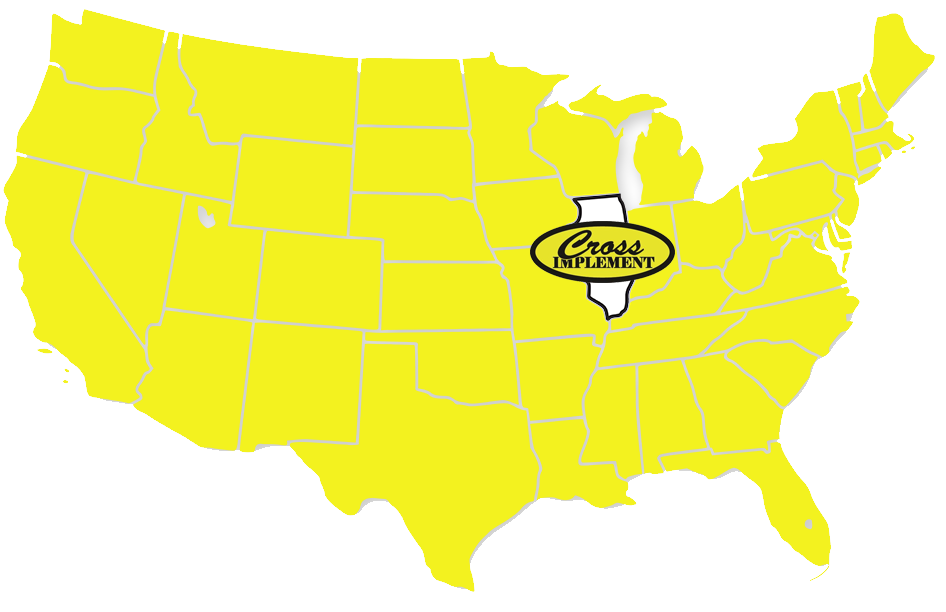In model year 2012, John Deere S-Series Combines feature two rotor options; the
TriStream™ rotor and the Variable Stream rotor
| TriStream rotor |
| |
|
|
The TriStream rotor was previously called the Bullet
Rotor™. It is in base equipment for all corn and small grain S-Series
Combines. The rotor features a slightly tapered front nose (bullet profile) that
allows material to flow very smoothly and with less resistance through the rotor
housing as compared to competitive rotor designs.
The TriStream rotor is
the rotor of choice in corn, soybeans, and typical small grains (wheat, barley,
milo, canola, edible beans, etc.) when optimum threshing is
required.
|
|
| |
| Variable Stream rotor |
| |
|
|
This rotor is in base equipment for all S-Series rice
combines and is available as optional equipment in small grain combines. It
features a very long, streamlined, front nose (compared to the TriStream rotor
as well as competitive rotors).
This rotor’s long taper design is best
suited for tough material handling (high-yielding, damp, wet, or extremely green
crop conditions) where smoother material flow is crucial to achieving optimum
performance. The Variable Stream rotor is the rotor of choice for rice producers
as well as for producers in western Canada that grow small grain crop varieties
that have very tough straw characteristics.
The Variable Stream rotor
has the ability to be very versatile and can be adjusted and/or adapted to
deliver very good performance in all companion crops (such as corn, soybeans,
canola, etc.) the producer may harvest along with their primary
crop.
The chart below shows the rotor type recommended for specific crop
areas in the United States and Canada:
| Base combine |
Corn and wheat belt areas of US and
eastern Canada |
California and delta rice and western
Canada small grain |
| Corn machine |
TriStream |
- |
| Small grain machine |
TriStream |
Variable Stream |
| Rice machine |
- |
Variable Stream |
|
|
|



